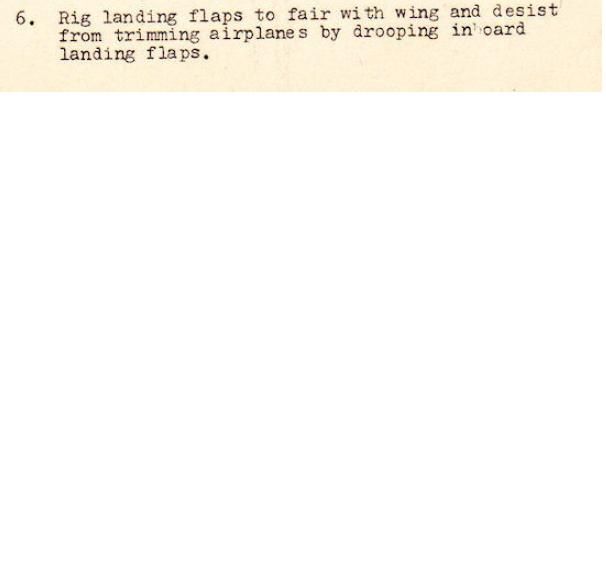Honestly, when I really started digging into these reports I was pretty certain I'd find some info to show there were errors in the AH F4U model. I'm having difficulty identifying them though.
Is it possible we're just on a "witch hunt"?
You know, LOTS of things we think "know" about history don't really appear all that factual under close scrutiny.
At this point, I'm pretty sold on the RL vs. AH pilot being the difference. In the end, it
was man and machine.
In my industry, Overall Equipment Efficiency (OEE) averages out at around 60%. I.e. it's difficult to find a machine that's able to run at better than 60% of its potential effectiveness.
MUCH of that comes down to the details of how man interacts with machine. Why would we expect much else when it comes to interaction with a flying machine? Different variables are at play of course... In AH, we've eliminated MANY of those variables which the RL pilots weren't able to eliminate.
I don't believe it's reasonable at all to expect that a modern combat pilot can get 100% of the potential effectiveness out of a plane; but they're at a distinct advantage over a WWII pilot.
If we pulled the pilot out of an F4U and replaced him with a computer, or flew it like a drone from the comfort of a chair in a climate-controlled room, how close to AH could we get it to fly?
When I find things like this in flight test reports, it just makes me realize how similar an operator improperly adjusting a machine is to a mechanic improperly adjusting an airplane... This type of thing lowers the overall effectiveness of the machine, whether it flies or sits on a floor.
This was a "recommendation" that came out of one of the tests... Really? Someone thought it would be ok to do this?? How would this practice effect the performance of the plane?
